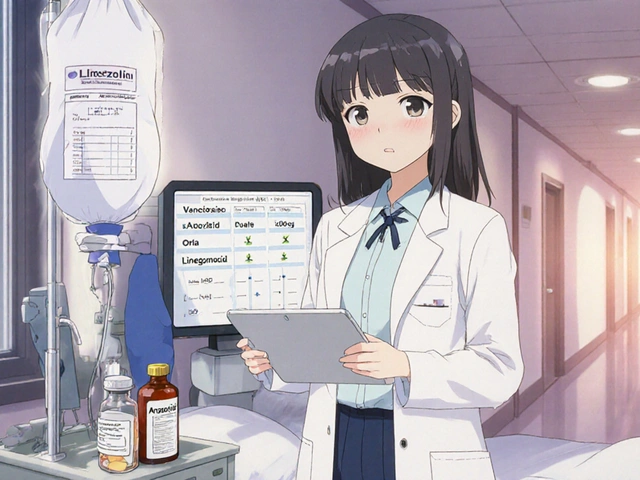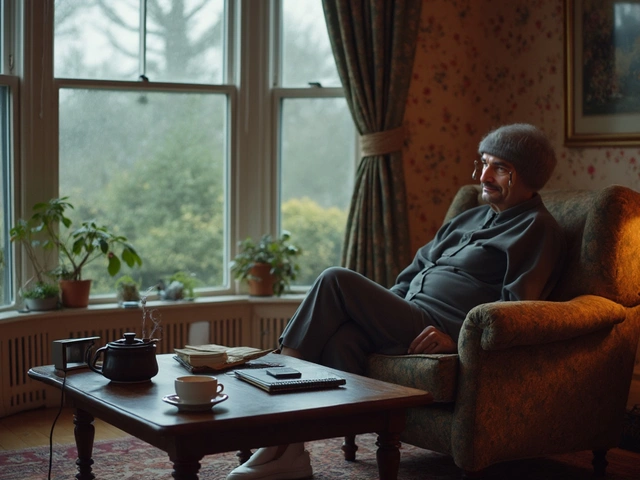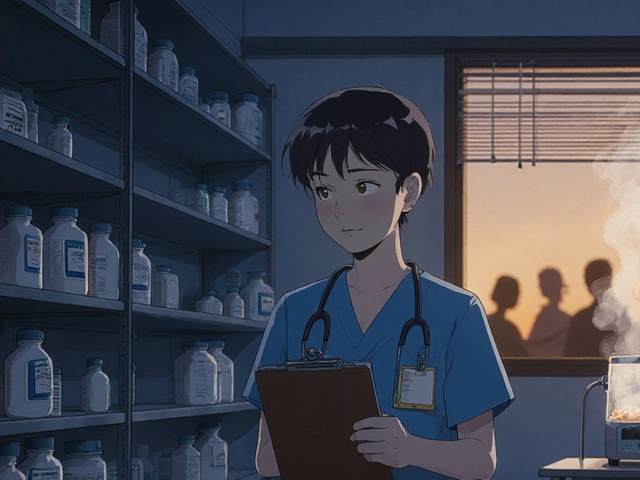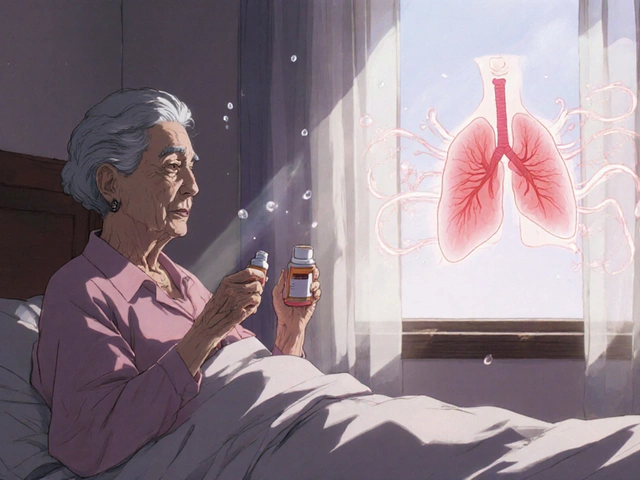BPH Treatment: What Works Best for Prostate Enlargement?
Benign prostatic hyperplasia (BPH) feels like a nuisance you can't shake – frequent bathroom trips, weak stream, and that annoying pressure in the pelvis. The good news? You don’t have to live with it. Below are the real‑world options that actually help most men get back to a normal routine.
Medication Choices
First‑line therapy usually starts with a pill. Alpha‑blockers such as tamsulosin relax the muscle around the bladder neck, letting urine flow more smoothly. Most guys notice relief within a few days, and the side‑effects are typically mild – a bit of dizziness or a dry mouth.
If the prostate itself is large, a 5‑alpha‑reductase inhibitor like finasteride can shrink it over several months. This drug works slower but can cut the need for surgery later on. Some doctors combine both drugs for a stronger effect, but you’ll want regular check‑ups to monitor any hormone‑related changes.
Natural supplements get a lot of buzz. Saw saw, beta‑sitosterol, and pumpkin seed oil have modest evidence for easing symptoms, and they’re easy to add to a daily routine. Just remember they’re not a replacement for prescription meds if your prostate is causing serious blockage.
Procedures and Lifestyle Hacks
When meds aren’t enough, minimally invasive procedures step in. Transurethral resection of the prostate (TURP) has been the gold standard for decades – a surgeon removes excess tissue through the urethra, and most men walk out of the hospital in a day or two. Newer laser therapies, like HoLEP or GreenLight, melt tissue with less bleeding and faster recovery.
For those who want to avoid surgery, there are office‑based options: water‑based vapor therapy (Rezūm) or prostatic urethral lift (Urolift). Both are done under local anesthesia and let you go home the same day. They don’t shrink the prostate as much as TURP, but they can dramatically improve flow without major side‑effects.
Beyond medical moves, lifestyle tweaks matter. Cut back on caffeine and alcohol, especially in the evening, because they irritate the bladder. Staying active – a daily walk or light jog – helps keep the pelvic muscles healthy. Maintaining a healthy weight reduces pressure on the prostate, and a diet rich in fruits, veggies, and healthy fats supports overall urinary health.
Lastly, don’t forget the bathroom habits. Train yourself to empty the bladder completely by taking a few seconds after the stream stops. If you’re waking up at night, try limiting fluid intake after dinner and avoid large glasses of water before bed.
Bottom line: BPH isn’t a sentence. Whether you start with a simple tablet, explore a laser session, or tweak your daily habits, there’s a clear path to fewer trips to the restroom and a stronger stream. Talk to your doctor about which combo fits your life, and you’ll be on the road to relief sooner than you think.
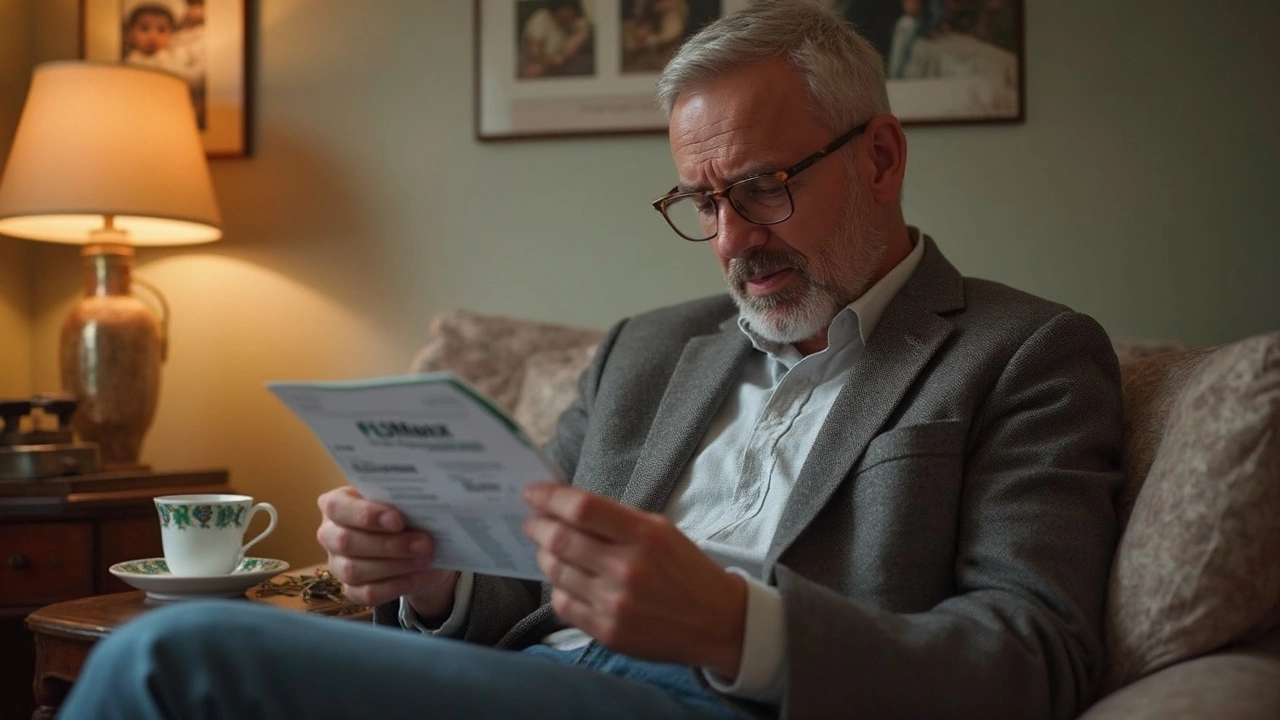
Flomax: Uses, Side Effects, and Key Information for BPH Relief
- By : Archer Hamilton
- Date : Jun 10 2025
Flomax is a medication prescribed to help men deal with symptoms of an enlarged prostate (BPH), like trouble urinating. This article digs into how Flomax works, what you should expect, and how to use it safely. You'll get honest answers about benefits, side effects, and some real stats so you can weigh your choices with less guesswork. Get to know tips from real-life experience for taking Flomax with fewer hassles. Whether you're just diagnosed or supporting someone with BPH, the info here is practical, clear, and designed for normal people, not just healthcare pros.

